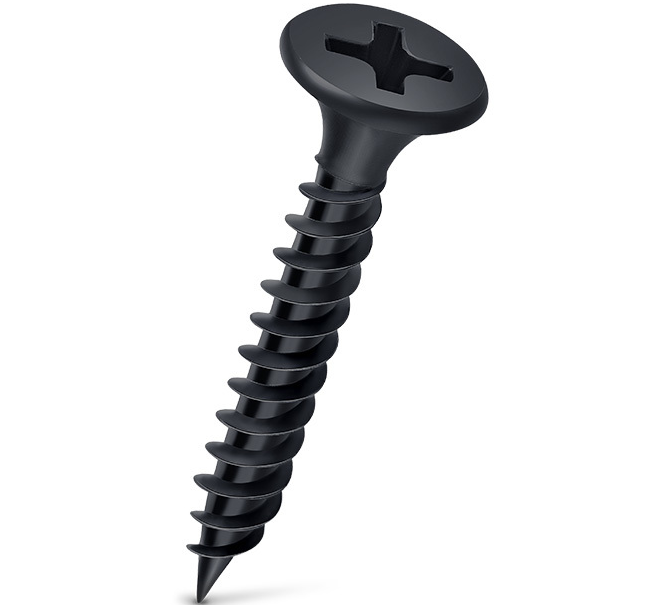Standard Flat Washer Size Specifications for Various Applications and Materials
Understanding Standard Flat Washer Dimensions
Flat washers are widely used in various fields, including construction, automotive, and manufacturing. These crucial components serve multiple purposes such as distributing loads, reducing friction, and preventing leakage. Understanding the standard dimensions of flat washers is essential for engineers, designers, and maintenance professionals alike, as selecting the right washer affects the integrity and durability of mechanical assemblies.
What is a Flat Washer?
A flat washer is a thin, disc-shaped piece of metal or plastic with a hole in the center. It is designed to be placed between a fastener (such as a bolt or screw) and a surface to distribute the load and provide a smooth surface for the fastening elements. The primary functions of flat washers include increasing the bearing surface of the fastener, reducing the risk of damage to the surface being fastened, and preventing loosening of components due to vibration.
Standard Dimensions
Flat washers come in various standard sizes, which are defined by their inner diameter (ID), outer diameter (OD), and thickness. These dimensions are crucial for compatibility with various fasteners and applications.
1. Inner Diameter (ID) The inner diameter is the size of the hole in the center of the washer. It must closely match the diameter of the bolt or screw it will accompany. Common inner diameters for flat washers include 1/4 inch, 3/8 inch, and 1/2 inch.
2. Outer Diameter (OD) The outer diameter is the total width of the washer from edge to edge. This dimension is critical for distributing the load effectively and preventing the washer from falling through the surface being fastened. For example, a washer designed for a 1/4-inch bolt typically has an OD of around 7/16 inch.
3. Thickness The thickness of the washer contributes to its load-bearing capacity. Thicker washers can withstand greater loads without bending or deforming. Standard thicknesses vary depending on the application but typically range from 0.020 inches to 0.250 inches.
standard flat washer dimensions product

Materials and Finishes
Flat washers can be made from a variety of materials, including steel, stainless steel, aluminum, plastic, and rubber. The choice of material often depends on the environmental conditions the washer will be exposed to, such as moisture, heat, or corrosive substances.
- Steel washers are durable and strong, making them suitable for heavy-duty applications. - Stainless steel washers offer excellent corrosion resistance, making them ideal for outdoor or marine applications. - Plastic washers are lightweight and non-conductive, serving in electrical applications. - Rubber washers provide flexibility and sealing capabilities, ideal for plumbing or gas applications where leakage prevention is crucial.
Finishes can also vary, with options like zinc plating, black oxide, and plain finishes available to meet specific needs for corrosion resistance and aesthetic appeal.
Selection Considerations
When selecting flat washers for an application, it is essential to consider the following factors
- Load Requirements Understand the load that will be applied and choose washers that can distribute this load effectively. - Environmental Conditions Assess whether the washer will be exposed to moisture, chemicals, or extreme temperatures to select the appropriate material. - Compatibility Ensure the inner diameter matches the fastener being used and that the outer diameter is adequate to prevent the washer from slipping through the assembly.
Conclusion
Flat washers are relatively simple components, yet they play a critical role in ensuring the reliability and longevity of mechanical assemblies. Understanding standard flat washer dimensions—inner diameter, outer diameter, and thickness—along with the appropriate material selection, is vital for any engineering or maintenance project. By considering the load requirements and environmental factors, professionals can choose the right flat washer to optimize performance and safety in their applications.
-
Top Choices for Plasterboard FixingNewsDec.26,2024
-
The Versatility of Specialty WashersNewsDec.26,2024
-
Secure Your ProjectsNewsDec.26,2024
-
Essential Screws for Chipboard Flooring ProjectsNewsDec.26,2024
-
Choosing the Right Drywall ScrewsNewsDec.26,2024
-
Black Phosphate Screws for Superior PerformanceNewsDec.26,2024
-
The Versatile Choice of Nylon Flat Washers for Your NeedsNewsDec.18,2024










